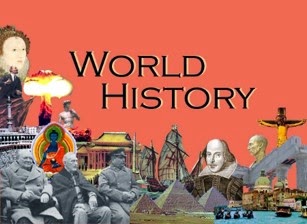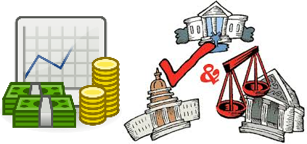K-shaped Economy
A K-shaped economy describes a recovery in which different groups diverge sharply—some rising while others fall. Instead of everyone rebounding at the same pace, one “arm” of the K represents people and industries that grow stronger, such as high-skill workers, large corporations, and sectors like tech or finance. The other “arm” reflects those who continue to struggle, including low-wage workers, small businesses, and service industries that face slower recoveries or lasting setbacks. This split highlights widening inequality, as opportunities and financial stability improve for some while declining for others, even though overall economic indicators may suggest that conditions are getting better.
Trump Cuts Banana Tariff, Lower Prices Likely for Walmart’s Top-Selling Item
Bananas are Walmart’s top-selling item, making any change to their cost especially noticeable for consumers. With President Trump reducing the tariff on imported bananas, retailers are expected to see lower wholesale prices, which could translate to slightly cheaper fruit on store shelves. Because bananas are a staple purchase for millions of households, even small price shifts can have a meaningful impact on family grocery budgets. The tariff reduction may also boost import volumes and strengthen relationships with major banana-exporting countries, further stabilizing supply and keeping prices competitive.
Michael Burry Targets AI: GPU Wear-and-Tear Fuels His Big Short Bet
Shorting a stock is a way to bet that its price will fall, and a key point for beginners is that the investor borrows shares, not money. A short seller borrows stock from a broker and immediately sells those shares at the current market price. If the stock later drops, they buy the same number of shares back at the lower price and return them to the broker, keeping the difference as profit. If the stock rises instead, they’re forced to repurchase the shares at a higher price, creating a loss. Because there’s no limit to how high a stock can climb, shorting carries significant risk and is typically reserved for investors who believe a company is sharply overvalued.
GPUs, the backbone of today’s AI boom, face significant stress under nonstop, high-intensity workloads—an issue central to why Michael Burry is reportedly shorting parts of the AI sector. Training large models pushes GPUs to run at maximum power and temperature for long stretches, accelerating wear on components like VRAM, cooling systems, thermal paste, and power delivery circuits. Over time, this strain leads to performance loss, higher failure rates, and shorter usable lifespans, meaning companies must constantly replace or expand their hardware just to maintain output. Burry’s thesis leans on the idea that this rapid GPU degradation creates hidden costs and unsustainable demand cycles, suggesting that the market may be overestimating the longevity and profitability of AI-related hardware.


